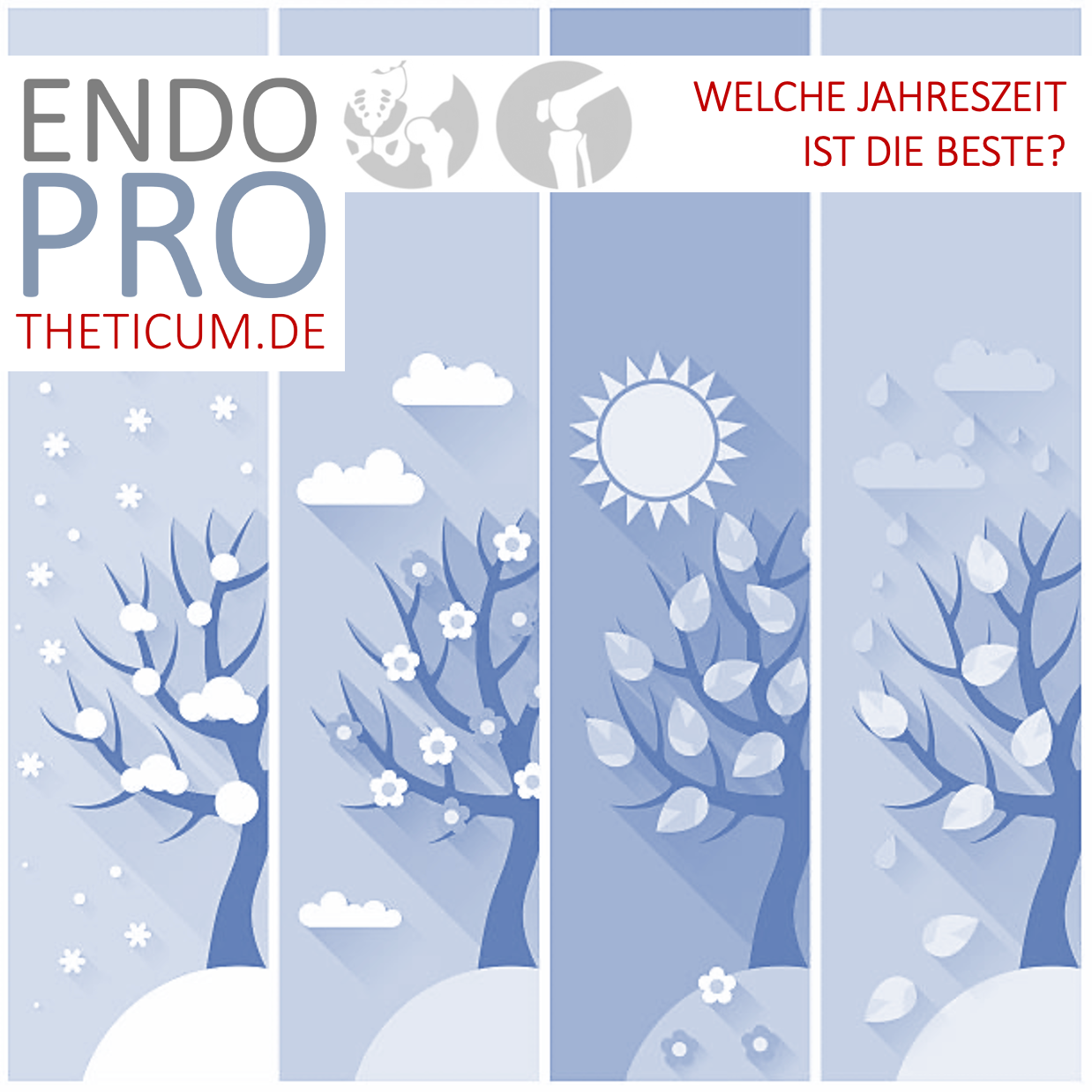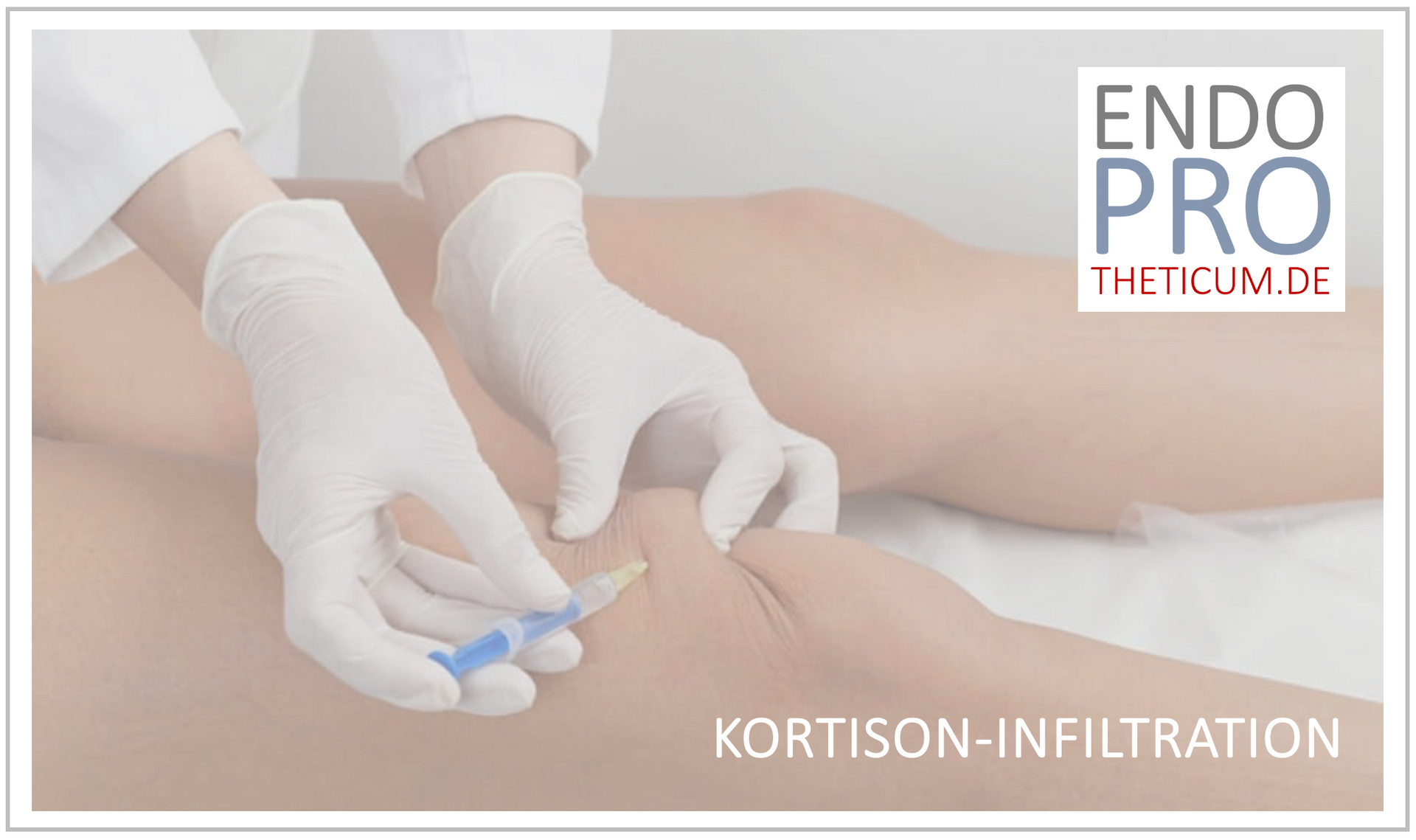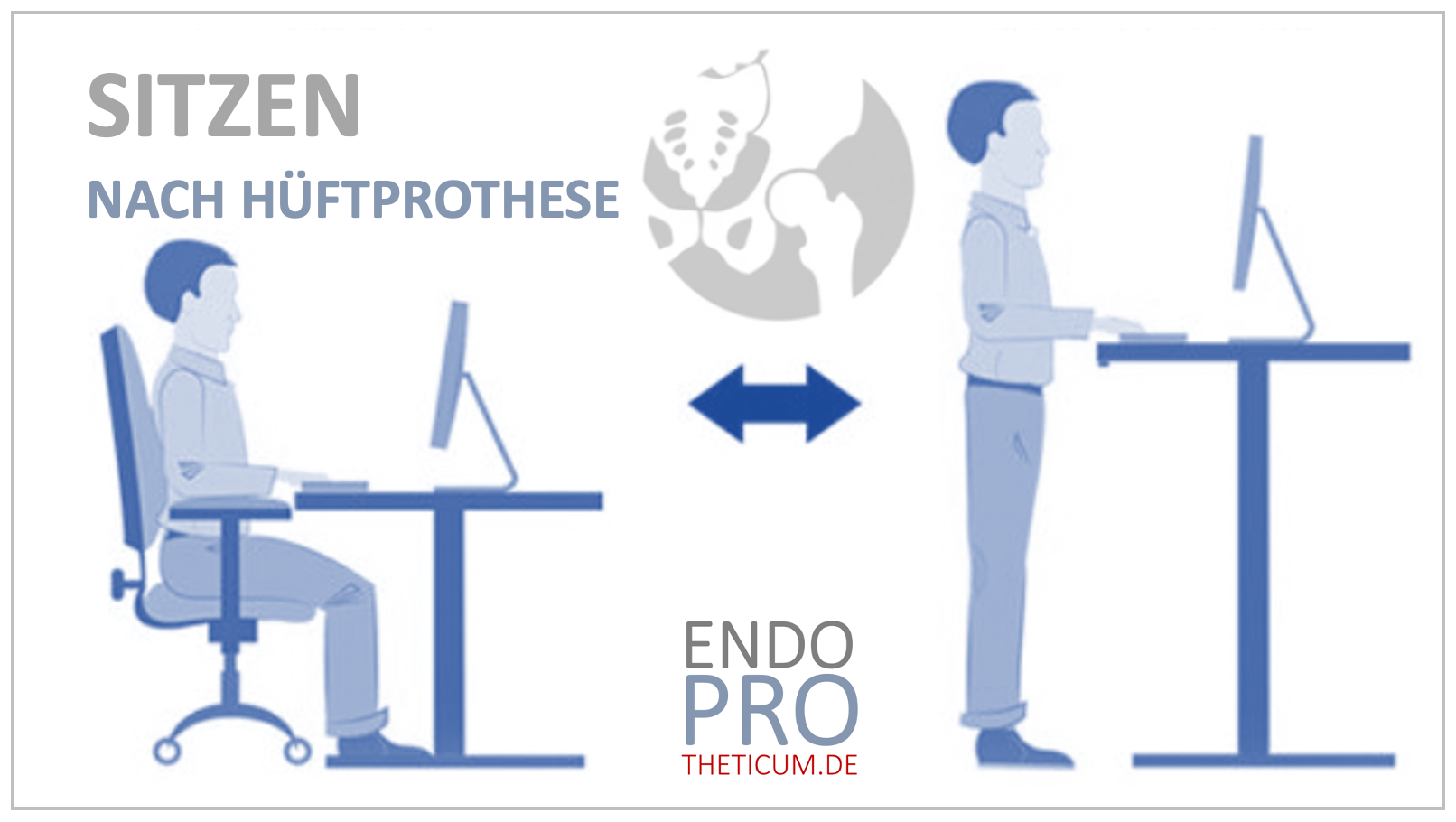If the sled prosthesis fails: Everything about switching to a TKA
If the sliding prosthesis is no longer sufficient, it is usually possible to switch to a total endoprosthesis (TEP) without any problems!

The sled prosthesis, an often preferred solution for limited cartilage wear in the knee, offers many patients an improved quality of life and mobility. But like all implants, the sliding prosthesis also has its limitations. If it fails, it will be necessary to switch to a total knee replacement (knee replacement). In this blog you will find out when and why such a prosthesis change is necessary, what options are available, and why modern surgical methods make these procedures safe and effective.
A common reason for a revision of a sled prosthesis is the spread of osteoarthritis to other parts of the knee joint that were still healthy during the original operation. Fortunately, changing from a sled prosthesis to a total endoprosthesis is, in most cases, an easy-to-plan procedure that can be carried out without complications.
In this comprehensive blog we take a detailed look at the background to changing a prosthesis. We explain the most common causes and modern treatment approaches. Regardless of whether you are affected yourself or simply want to find out more - here you will find all the answers about switching to a TKA.
Reasons for changing a sled prosthesis to a TKA
Changing from a sled prosthesis to a total knee endoprosthesis (TKA) becomes necessary when the original prosthesis no longer fulfills its function. The main causes for this can be divided into four categories:
- Progressive osteoarthritis:
Originally, the sled prosthesis was intended to limit the damage to a limited area of the knee joint. However, in many cases, cartilage loss progresses over time and affects other parts of the joint, particularly the cartilage behind the kneecap (retropatellar). In such cases, the partial prosthesis is no longer sufficient and a TKA becomes necessary. - Loosening and Wear:
Although modern sled dentures are durable, they can become loose or worn over the years. The reasons for this are often overuse or age-related changes in bone density, which affect the stability of the prosthesis. - Infections:
Periprosthetic infection is one of the most feared complications after knee surgery. Although rare, it may require removal of the sled prosthesis and conversion to TKA. - Instability:
If the knee does not feel stable enough after implantation or shows repeated failures, this is a clear signal that a revision is necessary. In these cases, a TKA offers more comprehensive support and greater stability.
Signs of failure of a sled prosthesis
A sled prosthesis initially allows a high degree of mobility and functionality, but problems can arise over the years. There are clear signs that the prosthesis is no longer doing its job optimally.
- Increasing pain: If pain occurs that persists even at rest or during light activity, this is a warning sign. Dull, constant pain in the knee or stabbing pain upon exertion are particularly stressful.
- Restrictions in everyday life: Those affected often report difficulties walking, climbing stairs or other everyday movements. Swelling in the knee can also indicate a malfunction.
- Knee instability: A feeling as if the knee is "giving in" or wobbly indicates mechanical problems with the prosthesis. This is often associated with reduced confidence in the stability of the leg.
- Radiological changes: Imaging procedures such as X-rays or MRI often show early signs of loosening, wear or incorrect positioning of the prosthesis.
Early medical clarification of these symptoms can prevent the symptoms from getting worse and a more comprehensive revision becoming necessary.
Diagnostics before replacing the prosthesis
Before switching from a sled prosthesis to a total knee replacement, a precise diagnosis is required. Doctors use a combination of history, clinical examination, and state-of-the-art diagnostic procedures to determine the need for revision.
- Anamnesis: Patients are specifically asked about their complaints, e.g. B. Type and intensity of pain, time of onset and restrictions in everyday life.
- Clinical examination: Orthopedists check the mobility, stability and axial position of the knee. Swelling, redness or warmth in the area of the prosthesis may indicate inflammation.
- Imaging:
- X-ray: Shows mechanical changes such as loosening or incorrect positioning.
- MRI: Provides detailed images of soft tissues and helps identify inflammation or progressive osteoarthritis.
- Scintigraphy: Used to detect infection or bone remodeling activity.
- Laboratory tests: Blood tests for infection markers such as CRP or white blood cell count are essential to rule out infection.
This comprehensive diagnosis lays the foundation for planning the revision and helps to tailor the appropriate therapy to the patient.
Prosthesis change: From the sled prosthesis to the TKA
A change from a sled prosthesis to a total endoprosthesis (TKA) is often the next step when the partial prosthesis no longer fulfills its purpose.
- Process of the change: The procedure begins with the removal of the sled prosthesis. This is done with great care to protect the surrounding bone and soft tissue. The affected joint area is prepared and the new TKA is inserted precisely. Modern implants allow optimal adaptation to the patient's individual anatomy.
- Challenges: The biggest challenges lie in the precision of bone protection and the restoration of the biomechanics of the knee. However, experienced surgeons can overcome these hurdles using the latest technology.
- Minimally invasive approaches: By using gentle surgical methods, the stress on the body is reduced, which contributes to faster recovery.
Thanks to advanced techniques, this procedure is usually easy to plan and has high success rates.
Aftercare and rehabilitation after changing the prosthesis
Aftercare is crucial for successful recovery and long-term stable knee function.
- Physiotherapy: In the first few days after the operation, patients begin exercises to mobilize and strengthen the muscles under supervision. The goal is to restore the knee's natural mobility and function.
- Weight relief: The use of crutches may be necessary for a few weeks to take pressure off the operated knee and give the implant time to fully integrate.
- Everyday assistance: Patients are instructed on how to safely cope with everyday situations such as climbing stairs or lifting. Aids such as occupational therapy can also be supportive.
- Regular checks: The healing process is monitored through follow-up appointments. X-rays help check the position and function of the implant.
Structured rehabilitation makes a significant contribution to minimizing complications and quickly restoring quality of life.
Why switching is often possible without any problems
Thanks to the gentle surgical techniques and the experience of knee specialists, the change from a sled prosthesis to a TKA goes smoothly in most cases.
- Bone protection: When a sled prosthesis is implanted, less bone is removed, which is an advantage when changing it later.
- Modern implants: TKAs offer individual adjustment options so that they fit easily into the existing anatomy.
These factors now make replacing a prosthesis a safe and effective procedure with excellent long-term results.
Technical challenges when changing from a sled prosthesis to a TKA
Changing from a sled prosthesis to a TKA is a complex procedure, but one that can be carried out safely thanks to modern surgical methods and experienced surgeons. Some challenges are:
- Removal of the old prosthesis: Gentle removal of the sliding prosthesis without further damage to the bone is crucial.
- Reconstruction of the anatomy: The surgeon must ensure that the new TKA fits exactly and that the natural joint geometry is restored as much as possible.
- Soft tissue injury: Surgery potentially involves greater soft tissue stress, particularly if ligaments or structures are weakened by the previous procedure.
- Precision of implantation: Misalignments must be avoided as they could lead to premature wear or new problems.
Modern surgical techniques when changing from a sled prosthesis to a TKA
Minimally invasive surgery has made great progress in recent years, which has also significantly improved the transition from sled prosthesis to TKA.
- Navigation and robotics: Modern procedures ensure maximum precision when positioning the new prosthesis. This improves long-term results and reduces the risk of complications.
- Bone preservation: Surgeons use minimally invasive approaches to preserve as much healthy bone substance as possible.
- Gentle soft tissue surgery: Reducing soft tissue damage reduces postoperative pain and promotes faster recovery.
- Access optimization: Optimized access minimizes scarring and reduces the risk of infections.
These advances now make the switch significantly less stressful for patients and increase the chances of success.
The role of rehabilitation after replacement of prostheses
After switching from a sled prosthesis to a TKA, rehabilitation is a crucial factor for the long-term success of the operation. Rehabilitation aims to restore strength, stability and mobility to the operated knee and to make it easier to return to everyday life.
- Early mobilization: On the first or second day after surgery, patients begin light movement exercises under the guidance of a physical therapist. This promotes blood circulation, reduces swelling and supports healing.
- Targeted strengthening: Exercises to strengthen the thigh muscles and the surrounding structures help to optimally stabilize the new joint.
- Gait analysis: Physiotherapists work with patients to restore an even gait pattern to avoid incorrect loading.
- Exercises relevant to everyday life: Climbing stairs or walking on uneven terrain is also specifically trained to increase safety in everyday life.
- Long-term physical therapy: Even months after surgery, patients benefit from regular exercises to ensure full mobility and function of the joint.
An individualized rehabilitation program tailored to the patient's needs and goals maximizes the chances of recovery and quality of life.
Summary: The change from the sled prosthesis to the TKA
Changing from a sled prosthesis to a TKA is often a necessary step when complications such as osteoarthritis progression or loosening occur. Thanks to modern surgical techniques and high-quality implants, this procedure is very successful in most cases.
TKA is a comprehensive solution that not only reduces pain, but also restores the stability and function of the knee joint in the long term. Supported by targeted rehabilitation and aftercare, patients can in most cases lead an active, pain-free life again.
Switching from a sled prosthesis to a TKA may seem intimidating at first, but it is a routine procedure that is performed extremely safely in specialized centers and by experienced knee surgeons. Thanks to the most modern surgical techniques, high-quality implants and optimized rehabilitation programs, patients today have a very good chance of permanently regaining their mobility and quality of life.
Specialized knee arthroplasty centers have a comprehensive understanding of the individual needs and challenges that come with replacing a prosthesis. They not only offer excellent surgical expertise, but also patient-oriented care that provides security before, during and after the operation.
Conclusion: Anyone who entrusts themselves to a specialized expert at an early stage benefits from precise diagnoses, tailored treatment strategies and the best chance of a complication-free recovery.
MAKE AN APPOINTMENT?
You are welcome to make an appointment either by phone or online .



























